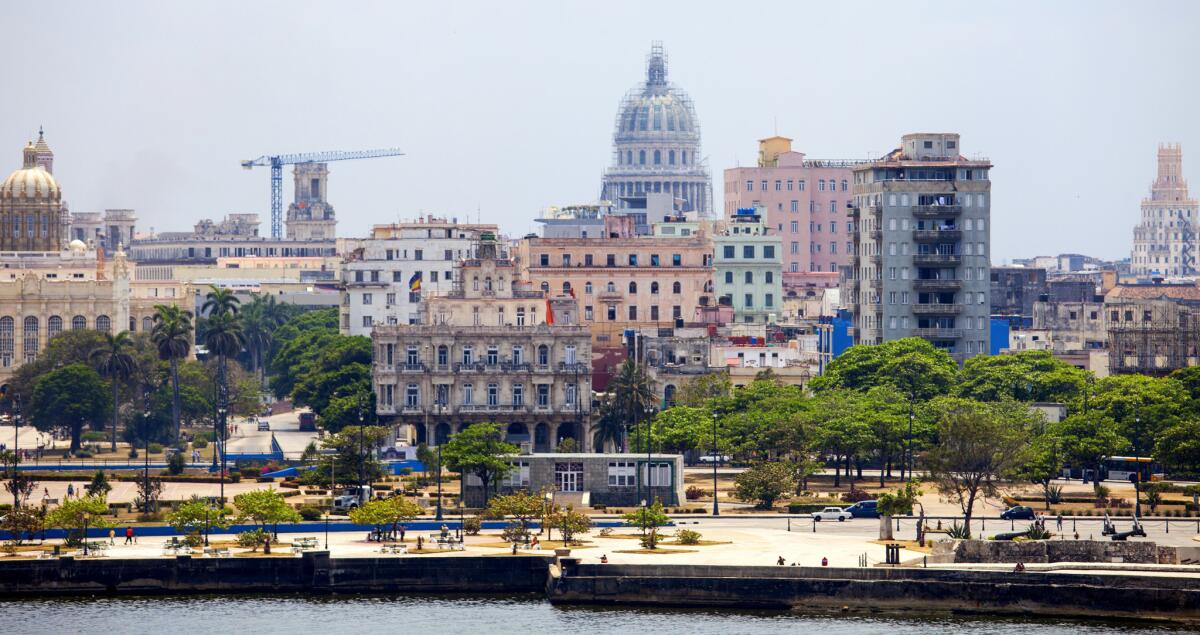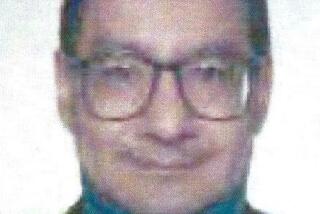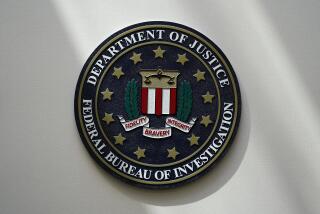Facts and figures about Cuba

The dome of El Capitolio, the National Capitol Building, dominates the skyline in Havana, Cuba, on April 24, 2015.
Important dates
On Oct. 27, 1492, Christopher Columbus saw the coast of Cuba and later claimed it for Spain, which ruled the island until 1898. After the brief Spanish-American War, in which Spain was soundly defeated, the Treaty of Paris was signed on Dec. 10, 1898, in which Spain ceded Cuba.
The next several decades were marked by graft, corruption and governmental mismanagement. On Jan. 1, 1959, Fidel Castro and his 800 troops overthrew dictator Fulgencio Batista and his 30,000. Cuba’s political system began to mirror that of Communist countries; its relationship with the Soviet Union was close.
Infuriated by Castro’s takeover and his seizure of property owned by Americans, the U.S. began an embargo in 1960 that continues.
CUBA TRAVEL GUIDE: Photos | Cars | What you need to know
Washington broke off diplomatic relationships with Cuba in January 1961. The U.S. directed an invasion of Cuba on April 17, 1961, called the Bay of Pigs. The debacle ended in the capture of more than 1,100 people. Survivors were later returned to the U.S. in exchange for $53 million in food and medicine.
In October 1962, the U.S. and the Soviet Union stood on the brink of war over nuclear missiles in Cuba. On Oct. 22, President Kennedy announced a blockade of Cuba to prevent further development of those nuclear weapons. On Oct. 28, Soviet Premier Nikita Khrushchev backed down; the missiles were returned to the mother country.
The fall of the Soviet Union in 1991 created hardships for Cubans, who refer to the aftermath as período especial (special period). Hunger was widespread because of shortages and financial uncertainty.
In February 2008, Castro stepped aside as political leader of Cuba. His brother Raúl took his place. At his 2013 reelection, he said he would step down in 2018. He will turn 87 on June 3, 2018.
President Obama announced a thawing of relations with Cuba on Dec. 17, 2014. The Vatican and Canada are said to have played a key role in the negotiations.
In February, a bipartisan group of U.S. senators introduced legislation that would end the trade embargo.
Geography, society and more
Cuba’s nickname is Pearl of the Antilles, but Haiti also claims to be La Perle des Antilles, French for the same thing. They are 48 miles apart, and both are part of the Greater Antilles (Haiti as part of Hispaniola, an island it shares with the Dominican Republic).
Cuba is 777 miles long — about the distance from Los Angeles to Albuquerque, N.M. At its widest point, Cuba is 119 miles, about the distance from L.A. to El Capitan State Beach Park in Santa Barbara County.
Havana is 105 miles from Key West, Fla.
The population of Cuba is about 11.3 million. More than three-quarters of Cubans live in urban areas, including 2.14 million in Havana.
Life expectancy is 76 years for men, 80 for women, about the same as the U.S. The median age in Cuba is 39.9.
The official religion of Cuba is listed as none, but some sources say as many as half of Cubans practice Santería, or Regla de Ochá , which has its roots in Africa but is also influenced by Roman Catholicism.
In 1969 Christmas was removed from the list of Cuba’s national holidays. Fidel Castro restored it in December 1997 ahead of a January 1998 visit by Pope John Paul II.
Voting is legally mandatory.
The literacy rate is 99.8%.
Its population growth ranks 211th in the world; Japan is 210th and Germany is 212th. The U.S. is 143rd.
Travel tips
January is the coolest month (73), August the warmest (82).
The country has about 250 museums.
The majá de Santa María is the biggest snake in Cuba. It can grow to nearly 20 feet. It’s not venomous, nor are any other snakes on the island.
In 1993, the government legalized small businesses, such as paladares, from the Spanish for “palate.” These family restaurants existed before then but were illegal.
Cuba has about 38,000 miles of roadways, about half of them unpaved.
Driving in Cuba can be tricky, especially at night. Roadways may not be illuminated; street signs are sometimes absent or confounding.
From the U.S. State Department’s Cuba page: “U.S. citizens visiting Cuba should be aware that any on-island activities may be subject to surveillance, and their contact with Cuban citizens monitored closely.”
Sources: Encyclopedia Britannica, State Department, WorldLifeExpectancy.com, Wall Street Journal, Miami Herald, World Factbook-CIA
More to Read
Sign up for The Wild
We’ll help you find the best places to hike, bike and run, as well as the perfect silent spots for meditation and yoga.
You may occasionally receive promotional content from the Los Angeles Times.






